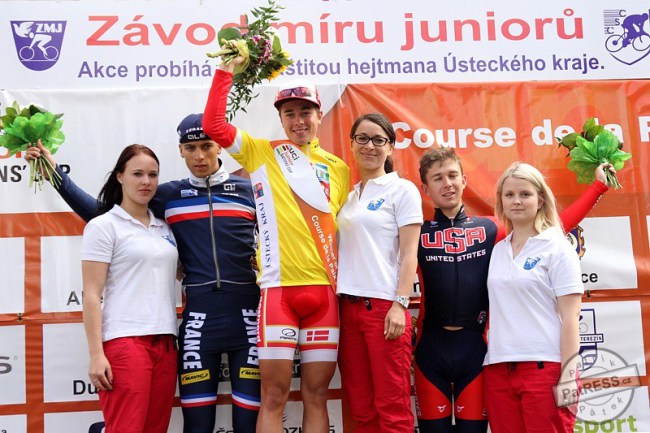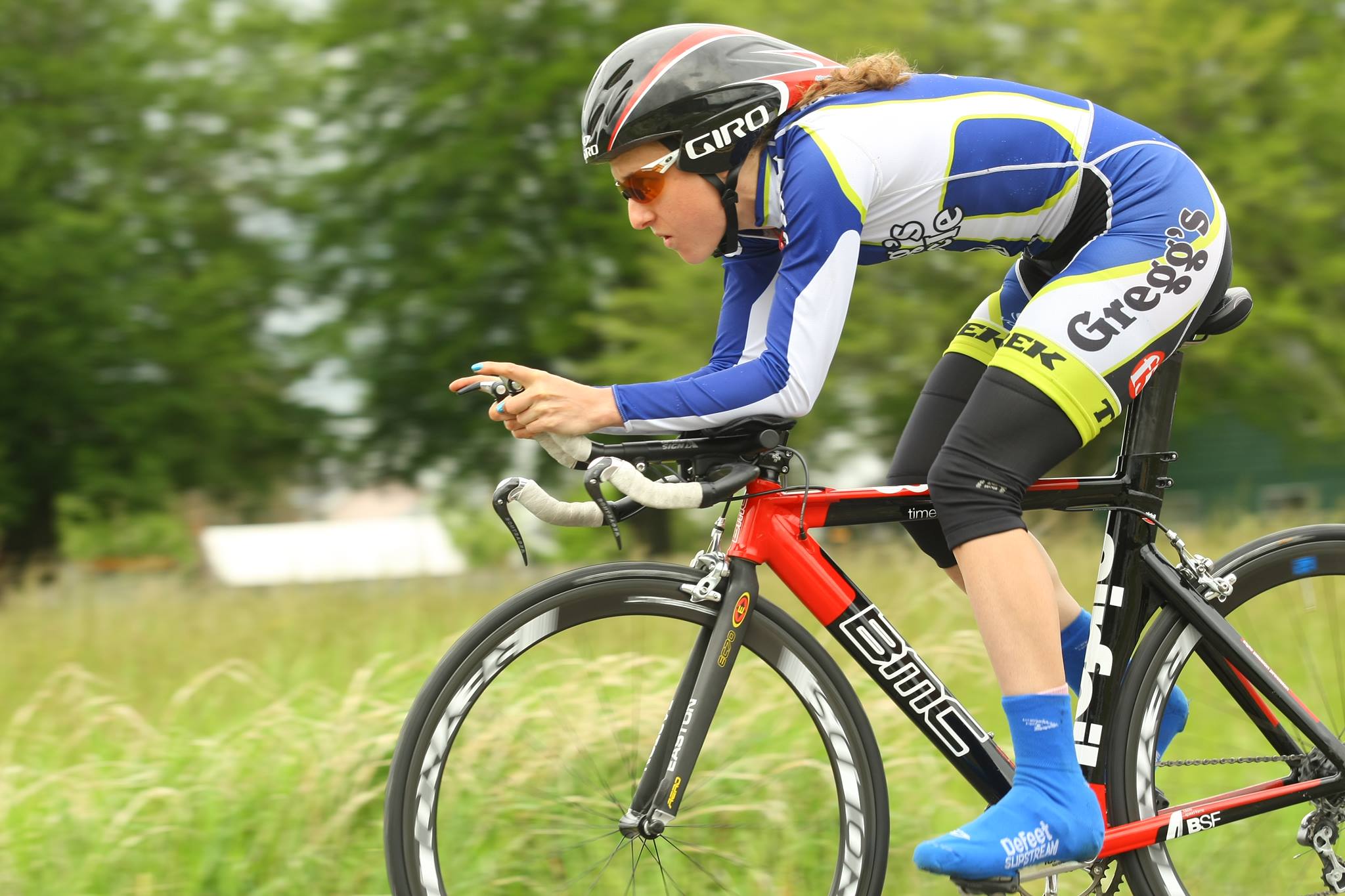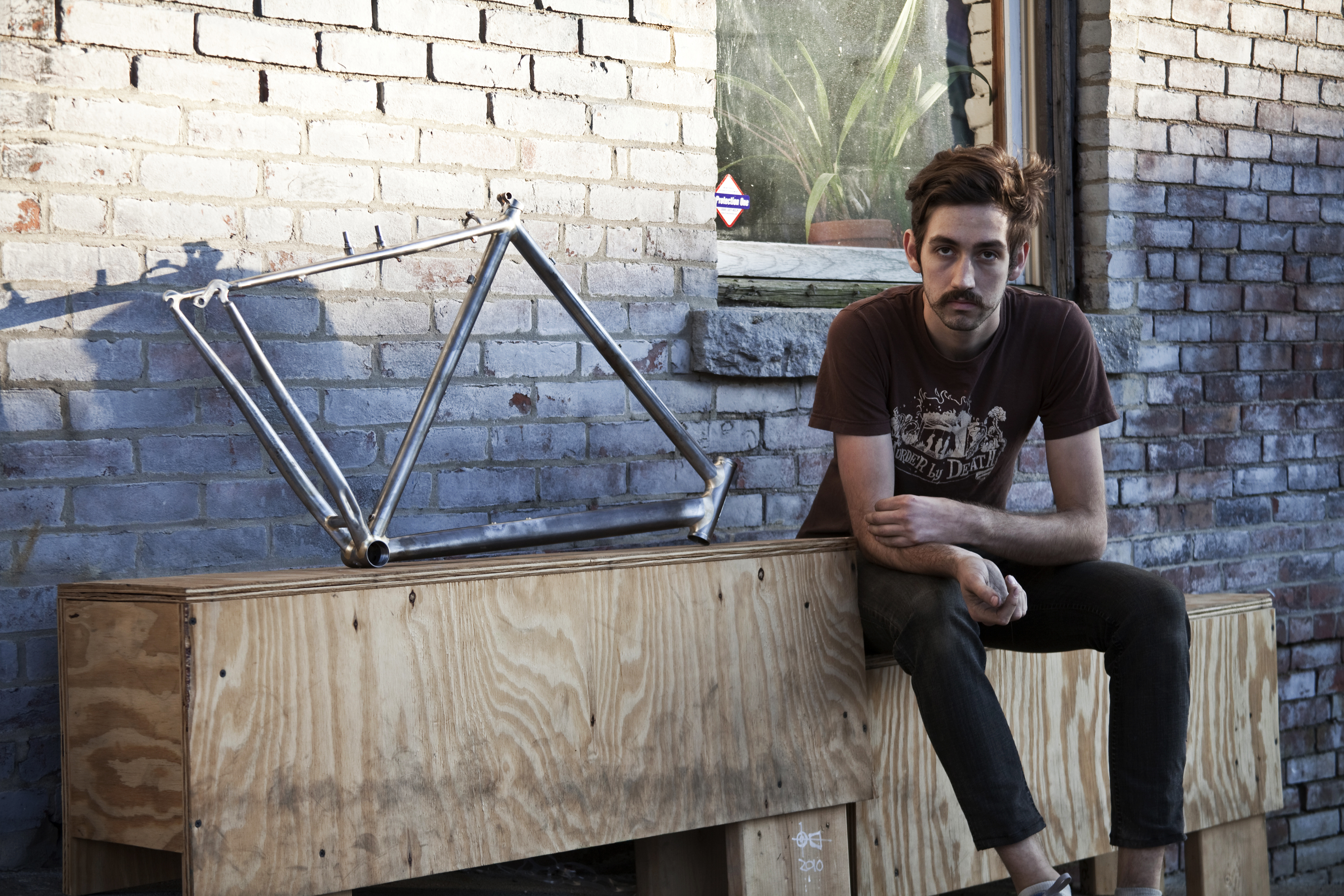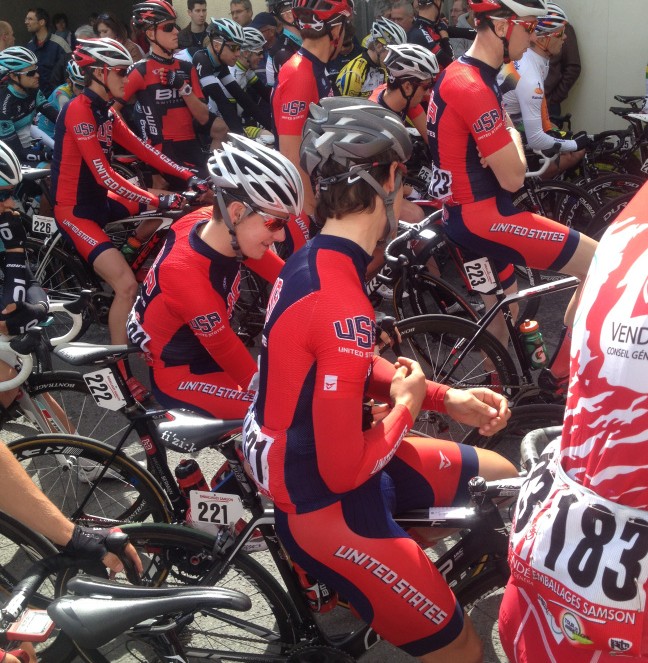
Soigneurs may very well have the most thankless job in professional cycling. They take care of the grunt-work details necessary to keep a pro team running smoothly while remaining mostly anonymous. Sara Clawson is a sports massage therapist in Greensboro, North Carolina who’s making inroads to a soigneur career. This spring, she spent two months working as a soigneur with the US elite junior team at USA Cycling’s training center in Sittard, Netherlands. Over the next month, Sara’s writing (originally posted on her blog) will shed some light on the “swanny life†as she recounts her experience traveling around Europe working with the next generation of American professional road cyclists. In part four, Sara takes us through the four stage Peace Race in the Czech Republic which saw American juniors racing to the podium and crashing hard enough to warrant a ride in a Soviet-era ambulance.
We’re back home in Sittard after a whirlwind tour of Bohemia with another race on the books, this time the Course de la Paix, or Juniors Peace Race. Litoměřice, where we stayed, was a rather beautiful old town with a feeling of old-world European grandeur reemerging from the Soviet era drabness. The area has a rich history as one of the oldest Czech towns. It dates back to the 2nd century and served as a major trading capital of the region in medieval times. More recently, the whole region underwent German occupation during WWII and the nearby walled city of TerezÃn, where the race was headquartered, was used as a Nazi concentration camp, crematorium, and Gestapo prison. The Peace Race was originally established after WWII as a symbol of international goodwill and sportsmanship.
We were housed in the hockey training center, which was a perfectly convenient and serviceable facility with dormitory-style living arrangements and an eating area for meal, bottle, and race food prep. The hockey facility housed our team as well as the British, French, and Russians. A total of 23 national teams competed from Europe, North America, and the Middle East. The Peace Race is part of the Juniors Nations’ Cup races, a series of events all around Europe, one in Kazakhstan, and one in Canada in which national teams of 17- and 18-year-olds compete among the highest-level junior road cyclists to earn Union Cycliste Internationale points for World Championships entries. Of the 11 races in this year’s Nations’ Cup, the Peace Race is considered by many to be the most challenging.
This year’s edition certainly proved a challenge for everyone involved. We had mechanical issues with the team car halfway across Germany, and the mechanic and director ended up having to send me ahead with all 6 riders while they got the car towed for repairs. The one rider on the team who had been to the race the previous year alerted me to the getting an entry permit sticker for the van and helped guide me through the tortuous single-lane mountain road to Litoměřice. The director and mechanic arrived shortly thereafter and we headed to dinner in the beautiful and expansive cobbled city square.
Continue reading →




